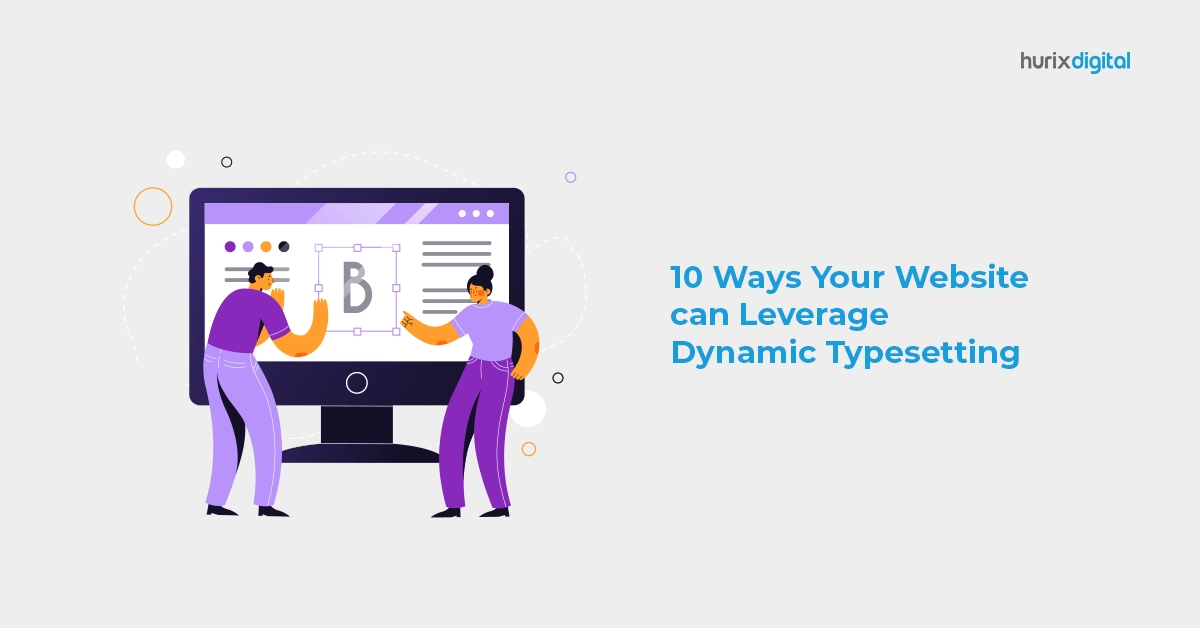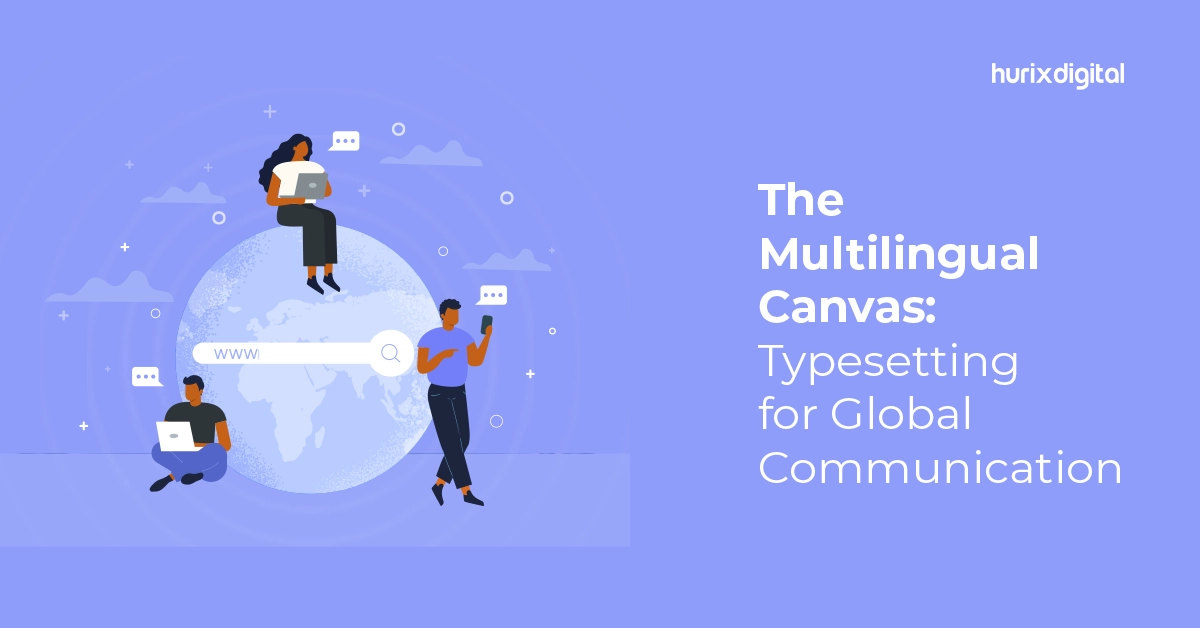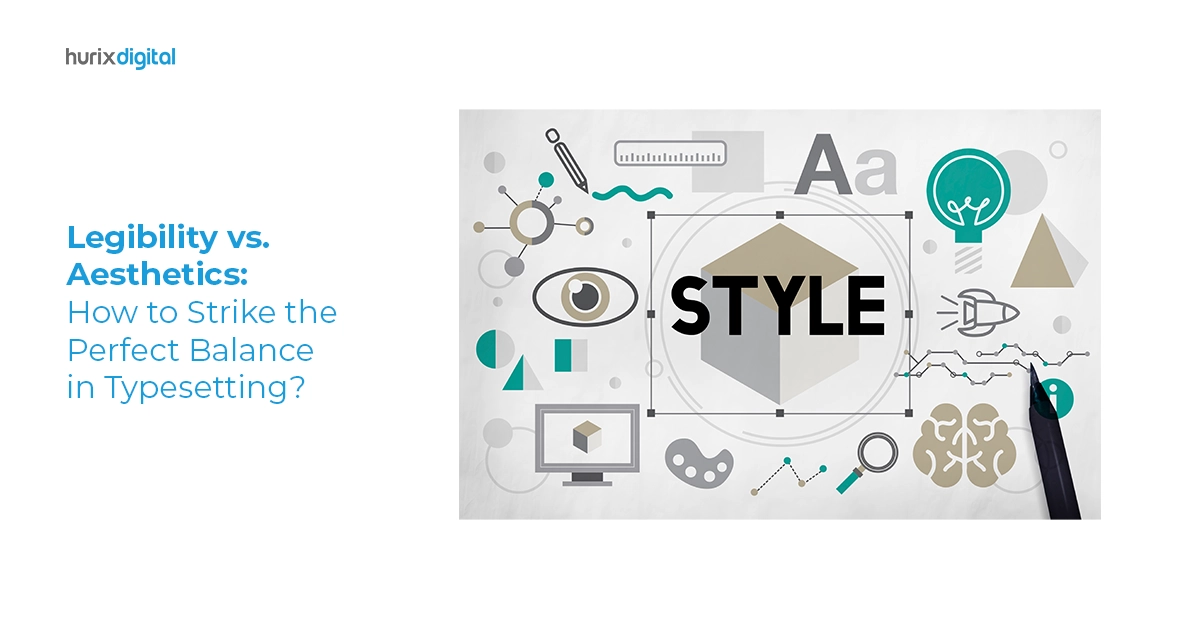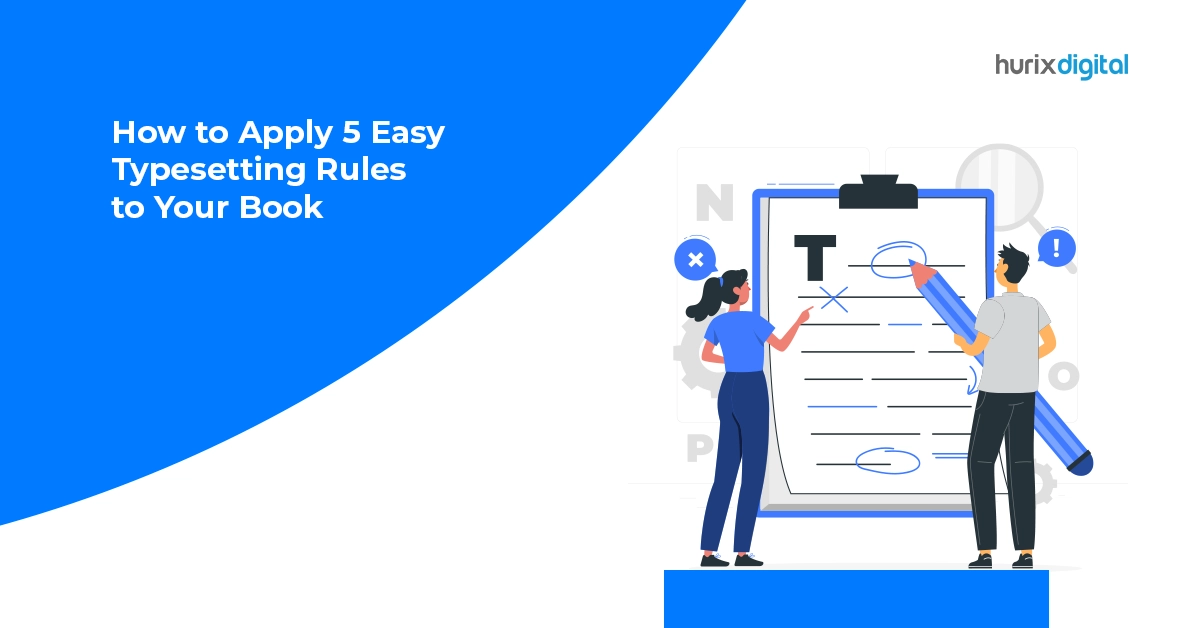Summary
This article is a guide to typesetting your website. It will help you understand the importance of typesetting and how it can improve the overall legibility of your website.
Every business we know of today has a website or digital presence, a shift that has happened only in the past few years. But standing out is no longer an easy game in this highly competitive and cluttered space.
Every three seconds, a new website is built, and there are currently 1.13 billion websites worldwide. With so many websites and online information, the only way to stand out is through impeccable design and accessibility functions. Website accessibility is all about how responsive and fluid your website design is, making it ideal for easy navigation and reading.
To improve the design and overall legibility of the website, typesetting is a great starting point. If you want to revamp your website or build a fresh one, here are a few reasons why typesetting could be a game changer.
Table of Contents:
What is Typesetting?
Before diving into the nuances of website typesetting, let’s first demystify typesetting and how it plays a pivotal role in shaping the appearance of text, both on the web and in print.
Typesetting is the art of arranging text and graphical elements on a page or screen to create visually appealing and easily readable content. Think of it as the design and layout process for written material. It’s the magic wand that transforms a plain block of text into something inviting, engaging, and coherent.
Book typesetting primarily focuses on print but can also make a huge difference in the digital world. Previously, this was usually performed by a dedicated typesetter and done manually. But today, typesetting software has become a game-changer, allowing designers and creators to select and update fonts, spacing, and formatting effortlessly.
With AI-powered typesetting services, this process has only become simpler. With intelligent design recommendations and ready-to-use templates, AI is transforming typesetting and making it more efficient for users who may not be aware of design concepts.
Also Read: Enhancing Design and Readability with AI-Powered Typesetting
10 Ways Typesetting Can Improve Your Website Design
Now that we have answered the question “What is typesetting,” you may wonder why you need it. It’s all about readability and appeal, which follow principles similar to book typesetting. It’s essential for creating a fantastic web experience.
So, without further ado, let’s dive into the ten ways typesetting can improve your website design:
1. Improves Font Selection
Fonts aren’t just a matter of aesthetics; they convey your brand’s personality and message.
With typesetting, the primary focus is ensuring the font selection is appropriate and ideal for your customers.
So, experiment with fonts that align with your website’s tone and purpose. A playful font for a children’s website or a sleek, professional one for a business site can make a world of difference.
2. Focus on Readability and Legibility
Readability and legibility are critical elements of typesetting and ensure that your design or fonts do not compromise on how easy your website content is to consume.
Effective typesetting ensures that your text is easy on the eyes. This means choosing the right font, font size, and line spacing. A well-typeset website allows visitors to effortlessly consume your content without strain or frustration.
This greatly enhances the overall design and legibility of your website.
3. Creates Organized Layout
Layout is where typesetting truly shines.
For websites, the page layout greatly determines the result. A harmonious layout guides your visitors through your website, helping them find what they’re looking for without requiring too much navigation. This improves user experience and keeps them engaged on your page.
4. Ensures Proper Spacing
Proper spacing is the unsung hero of typesetting. If your website content looks cluttered or has too many white spaces, it can give a negative impression to the visitor.
Adequate margins, padding, and line spacing make your content appear clean and organized. The proper spacing ensures that your text isn’t crowded, making it easier to read and absorb.
5. Uniformity in Branding
Typesetting is a powerful tool for reinforcing your brand identity.
By focusing on the consistent use of fonts, colors, and typography styles across your website, you can reinforce your brand and increase recall.
6. Improves Speed & Boosts SEO
Website speed is enhanced using optimized images and graphics that blend perfectly with your page content.
Efficient typesetting practices, such as optimizing images and minimizing unnecessary code, can improve loading times, ensuring visitors don’t abandon your site due to slow performance. This indirectly improves the website’s search engine optimization (SEO) and ranking.
7. Improves Color Contrast
Most designers sometimes underestimate the power of textual content compared to the design. Thus, they may use too bright or faded colors when laying out textual content, making the text harder to read and comprehend.
Typesetting ensures that this doesn’t happen. The fundamental principle of typesetting ensures that text color matches the WCAG AA requirements of a desktop or mobile and has a proper blend of brightness, color contrasts, and spacing.
For example, if the website background is lighter or white, the text will be dark or black to ensure it is easy to read.
8. Enhances Accessibility
With proper typesetting, your website can be a lot more accessible, especially for individuals with disabilities. You can use fonts that are easy to comprehend and even maintain adequate contrasts and spacing to allow users to increase font size and accommodate various users.
9. Boosts Visibility
Since the website is more engaging and user-friendly, the likelihood of users engaging with the content increases. Engaged visitors are likelier to stay on your site, explore its offerings, and convert into customers or followers.
The increased engagement also improves the visibility of your website, boosting your site’s SEO.
10. Supports Adaptive Formatting
Today, a website will be seen on numerous devices and screens, not just laptops or desktops. So, the entire layout and the text should have adaptive formatting, which will change depending on the screen size and platforms used. So, be it the e-reader, smartphone, desktop, laptop, tablet, or other devices, the typography and alignment get adjusted automatically and optimized for the particular device or screen.
Most AI-enabled typesetting software will support adaptive formatting options, especially for website design.
Also Read: How Typesetting is Different From Typography
Conclusion
Typesetting is not just about the aesthetic or design of your website; it is a methodology that can completely revamp your website’s appeal and accessibility. By paying attention to the nuances of typesetting, you can create a website that looks great and delivers an exceptional user experience, making your content more accessible, engaging, and memorable to your audience.
Looking for professional typesetting services for your website or publication? Hurix Digital is geared to support you in meeting all your publishing needs. With our AI-based publishing platform, you can get in-house expertise and advanced technology assistance to get the best dynamic typesetting for your website.
Get in touch with us today to get started.











